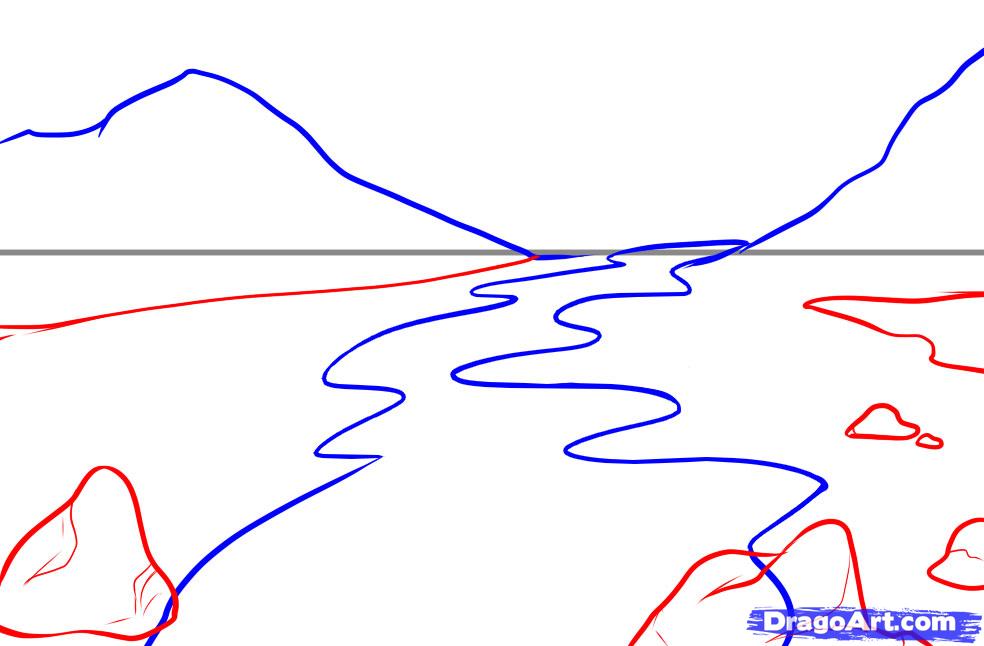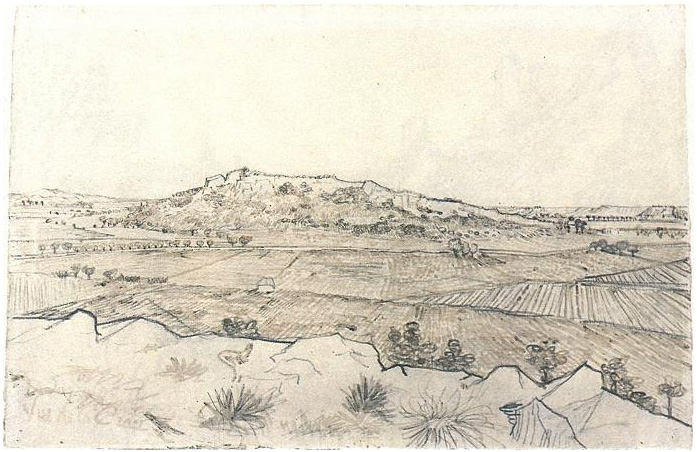Plains scenery
Table of Contents
Table of Contents
If you’re looking for a serene and calming way to spend an afternoon, consider drawing a plain. With its sweeping landscapes and picturesque scenery, a plain can be a great subject for artists of all levels. Whether you’re a beginner looking to improve your skills or an experienced artist looking for a new challenge, drawing a plain can be a fun and rewarding experience.
Pain Points
Even with this enthusiasm, many people struggle with how to draw a plain. They may feel intimidated by the complexity of the subject, or unsure of where to begin. Others may struggle with technical aspects of the drawing, such as proportions and shading.
Answering the Target
Fortunately, drawing a plain is a skill that can be learned. By following a few basic steps and practicing regularly, you can create beautiful drawings that capture the beauty of these landscapes. In this article, we’ll explore some tips and techniques for how to draw a plain, including some common mistakes to avoid and some helpful tools to assist you.
Summary
To start, make sure you have the right equipment on hand: a pencil, eraser, and drawing paper. Begin by sketching a bare outline of the plain, paying close attention to the contours of the land and any distinctive features such as trees or bodies of water. Once you have the outline, you can move on to shading, using different techniques such as cross-hatching and stippling to add depth and dimension to your drawing. Finally, don’t be afraid to practice and experiment, trying out different styles and methods until you find what works best for you.
Step-by-Step Guide
When I first started drawing plains, I was intimidated by the vastness of the landscape. It’s easy to feel overwhelmed by all the details, but I found that breaking the drawing down into smaller parts helped me to focus and make progress. Here are some tips on how to draw a plain that I’ve found helpful:
Start by sketching out the basic contour of the landscape. Don’t worry too much about getting every detail right at this stage; just focus on the overall shape of the plain. Use light, loose strokes to create the outline, adjusting as needed until you’re happy with the shape.
 Next, add in some rough guidelines to indicate where different features will go. This could include trees, rocks, hills, or other landmarks. Keep these lines light and sketchy, as they will likely be erased later on.
Next, add in some rough guidelines to indicate where different features will go. This could include trees, rocks, hills, or other landmarks. Keep these lines light and sketchy, as they will likely be erased later on.
 Once you have the basic outline and guidelines in place, start adding in the details. Begin with the closest features to the viewer, such as trees or rocks in the foreground. Use shading, hatching, or cross-hatching to add depth and dimension, adjusting the pressure and direction of your pencil strokes as you go to create the desired effect.
Once you have the basic outline and guidelines in place, start adding in the details. Begin with the closest features to the viewer, such as trees or rocks in the foreground. Use shading, hatching, or cross-hatching to add depth and dimension, adjusting the pressure and direction of your pencil strokes as you go to create the desired effect.
Continue adding features to the drawing, working your way back through the landscape. Use different techniques and shading methods to create texture and variation in the drawing, such as stippling or hatching. Keep stepping back from the drawing and looking at it from different angles to make sure everything is in proportion and balanced.
Tools and Techniques
While many of the tools and techniques for drawing a plain are similar to those used in other types of drawings, there are a few items that can be especially helpful:
- A good quality sketching pencil with a range of leads, from soft to hard
- A kneaded eraser, which can be molded into any shape to erase small details or lighten areas that need modification
- Paper stumps or blending tools, which can be used to create smooth transitions between shades and soften harsh edges
- A good quality paper with a texture and thickness that is suitable for your preferred style and medium
 ### Common Mistakes
### Common Mistakes
Even with the best tools and techniques, there are still some common mistakes that can trip up artists when drawing a plain. Here are a few to watch out for:
- Over-reliance on outlines: While it’s important to get the basic outline and shape of the plain right, don’t get too caught up in drawing perfect outlines. Remember that the landscape is full of organic shapes and curves, so don’t be afraid to let your lines be loose and sketchy at times.
- Wrong proportions: Make sure to pay close attention to the proportions of different features in the landscape, such as the size and placement of trees or bodies of water. These details can make or break the overall realism of the drawing.
- Too much detail: While it’s important to add in enough details to make the drawing interesting and realistic, don’t get bogged down in adding every possible blade of grass or leaf on the trees. Remember to step back and look at the big picture, to make sure everything is balanced and harmonious.
Q&A: How to Draw a Plain
Here are a few frequently asked questions about how to draw a plain:
Q: What kind of pencil should I use for drawing a plain?
A: A good quality sketching pencil with a range of leads, from soft to hard, is ideal for drawing a plain.
Q: How can I create realistic shading in my drawing?
A: There are a variety of shading techniques you can use, such as cross-hatching, stippling, or blending. Experiment with different techniques to find what works best for you.
Q: Do I need to include every detail in my drawing?
A: While it’s important to add in enough details to create a realistic and interesting drawing, don’t get too bogged down in adding too much detail. Remember to step back and look at the big picture, to make sure everything is in balance and well-proportioned.
Q: Can I use color in my plain drawing?
A: Absolutely! Colored pencils, markers, or paints can add a beautiful dimension to your plain drawing. Experiment with different colors and techniques to see what works best for the effect you’re trying to create.
Conclusion of How to Draw a Plain
Drawing a plain can be a fun and rewarding experience, whether you’re a beginner or an experienced artist. By following the tips and techniques outlined in this article, you can create beautiful drawings that capture the serene beauty of these landscapes. Remember to start with the basics, pay attention to proportions and shading, and don’t be afraid to experiment and practice until you find what works best for you.
Gallery
Landscape Easy Drawings Of Plains – Skushi

Photo Credit by: bing.com / plains scenery
Landscape Simple Drawing At GetDrawings | Free Download

Photo Credit by: bing.com / landscape drawing simple mountain drawings step draw sketches getdrawings line
Country Plain ← A Landscape Speedpaint Drawing By Lovemeso - Queeky

Photo Credit by: bing.com / plain country drawing draw drawings landscape queeky flash
Plain Of La Crau, The By Vincent Van Gogh - 1384 - Drawing

Photo Credit by: bing.com / plain drawing crau la gogh vincent van pen tweet
Plain Drawing At PaintingValley.com | Explore Collection Of Plain Drawing

Photo Credit by: bing.com / field plain drawing draw step paintingvalley drawings dragoart





